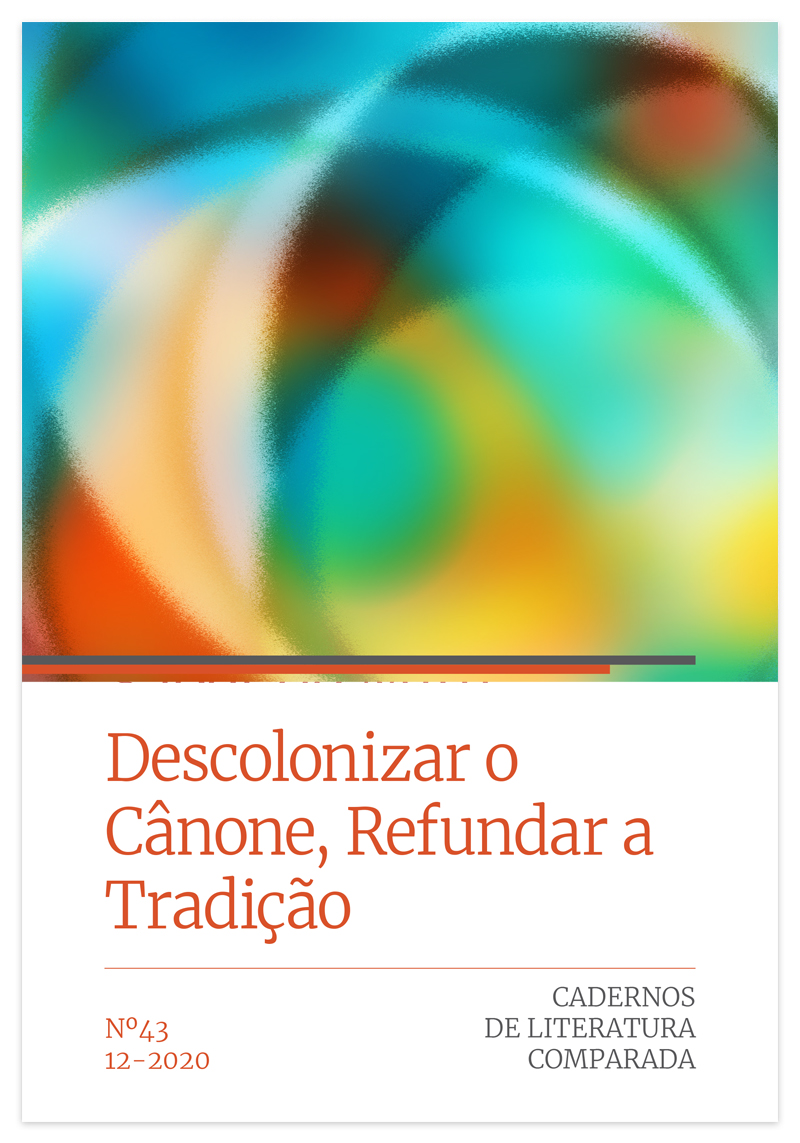Strategies cimarronas from narrating blackness in the 19th century in "Autobiografía" de Juan Francisco Manzano (Cuba, 1835) and "Úrsula" (Brazil, 1859)
DOI:
https://doi.org/10.21747/21832242/litcomp43a9Keywords:
19th century black authorship, Latin American novel, Cimarronagem pedagogy, Juan Francisco Manzano, Maria Firmina dos ReisAbstract
This reflection will analyze the strategies used by two Latin American black writers to present the theme of blackness in the 19th century. On one side, the autobiography written by the cuban Juan Francisco Manzano (1835), the only autobiography text that shows one Latin American semiliterate slave black man that narrates your life in exchange for your liberty. On the other side the narrative written by Maria Firmina dos Reis, a free black woman considered the first female novelist in Brazil: Úrsula (1859), an abolitionist text whose main characters are white, surprises by giving voice to the slave people, who narrate their memories in Africa and are aware of their condition. Theoretical references will be used about the novel as a form of projection of an ideal future (Sommer, 2004), abolitionist texts as thesis novel (Jeffers, 2013), mask of speechlessness (Kilomba, 2019) and cimarronagem’s pedagogy (Mendes, 2019) intending to revise the Latin American literary canon in an inclusion proposal the two narratives to mandatory readings in the Literature studies in the Latin American universities.


